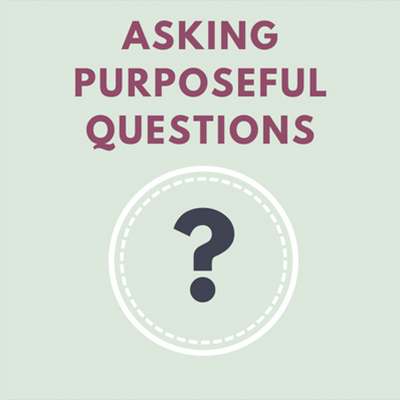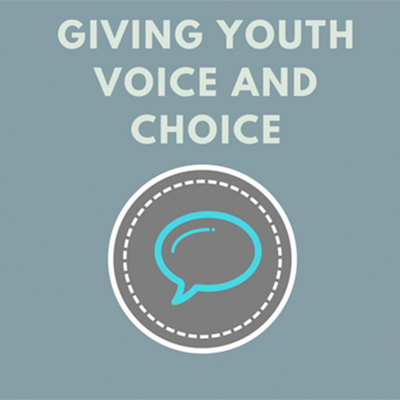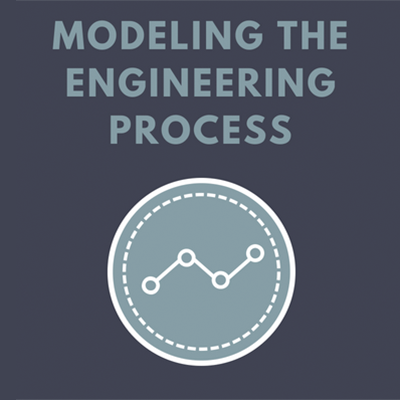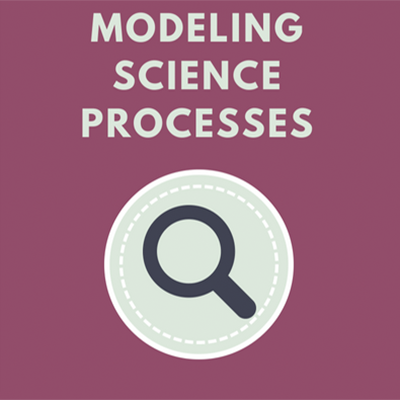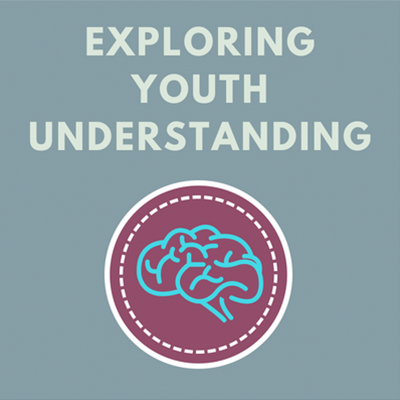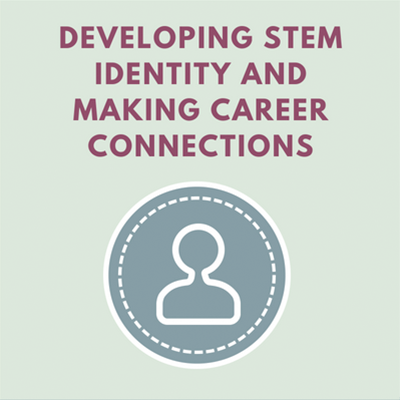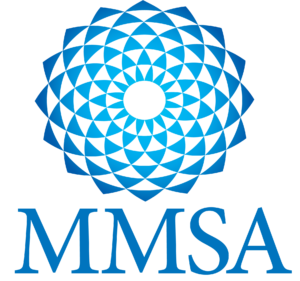Asking Purposeful Questions
Questions are the beginning of a path towards discovery, imagination, and STEM exploration. How can we help youth expand and clarify their thinking and develop their reasoning through the questions we ask them? In this foundational module we examine the structure and process of questioning and discuss how we can better listen and follow up with youth throughout STEM learning experiences. After practicing the skill among peers, participants will return to their program where they will capture a short video clip of themselves practicing using purposeful questioning strategies with youth. The video clips are shared during the second part of the module in the first small group coaching session. Participants will then have the opportunity to reflect on their practice, share feedback with one another and return to their program to record a second round of practice.
Asking Purposeful Questions is the first module in the series and is required for educators before taking other ACRES courses.
Modeling the Engineering Process
Engineering has become a staple of STEM programming for youth. But just what does engineering entail? How can we confidently bring engineering into our programming and support youth as they engage in the engineering? In this two-part module, participants gain first hand experience with engineering by solving a design problem. They examine the components of the engineering design process and discuss ways to model the process with youth. Participants will return to their program where they will capture a short video clip of themselves practicing guiding youth through an engineering experience. The video clips are shared during the second part of the module in the small group coaching session.
How can we make sure that our ‘hands on’ science experiences for youth are also ‘minds on?’ In this two-part module participants learn how to support youth as they work as scientists to plan and carry out investigations around testable questions. They’ll talk about the similarities and differences of questioning in science versus questioning in engineering contexts. Back at their program they will capture a video of them practicing what they’ve learned, which is then shared in part two, during the small group coaching session.
Modeling Science Processes
How can we make sure that our ‘hands on’ science experiences for youth are also ‘minds on?’ In this two-part module participants learn how to support youth as they work as scientists to plan and carry out investigations around testable questions. They’ll talk about the similarities and differences of questioning in science versus questioning in engineering contexts. Back at their program they will capture a video of them practicing what they’ve learned, which is then shared in part two, during the small group coaching session.
Giving Youth Voice and Choice
How often do youth in your program get to choose what they’re investigating or designing, the materials they might use and/or how they engage with the work? In this two-part module, participants try out strategies for giving youth voice and choice and apply the ideas as they redesign a STEM activity to incorporate a greater variety of youth input. After the session, they’ll return to their program with new resources and strategies to practice for strengthening youth voice and choice. They’ll choose one activity to record and share during part two, the coaching session.
Exploring Youth Understanding in STEM
What can we do to find out what youth know about a particular topic without resorting to a quiz or test? What strategies can we use before, during and following an activity to surface youths’ understanding? In this two-part module, participants will first clarify the purpose of formative assessment and then learn several easy to implement strategies for monitoring youths’ understanding. They’ll revisit the water filter activity from Asking Purposeful Questions module to see the strategies in action. At their own site, they’ll record a portion of an activity their choosing to practice one of the strategies and share it during the coaching session.
Developing STEM Identities and Making Career Connections
How do you help youth recognize their connection to and role in STEM? How do you help youth learn about STEM careers? In this two-part module, participants experience several easy to implement strategies including a photo elicitation activity, learn about how youth form STEM identities, and then learn how to conduct related activities with youth. Back at their program, they will capture a video of their practice and then share during part two, the small group coaching session.

